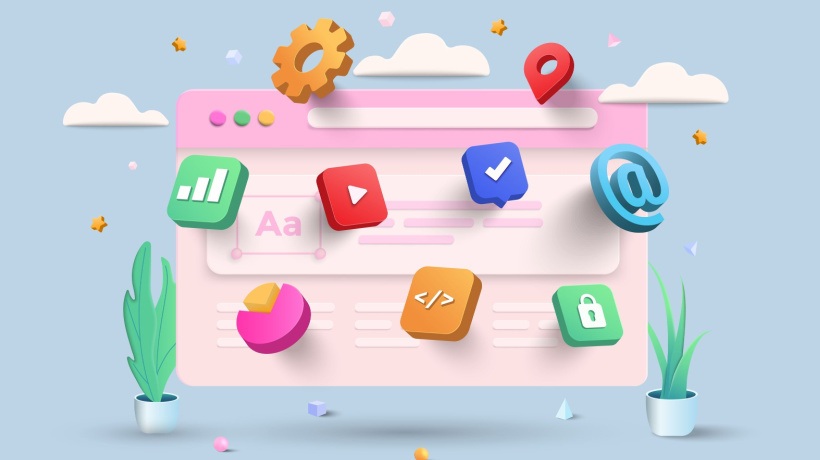The Benefits Of Interactive Learning Materials
We are going to be discussing many aspects of interactive learning materials, so we might as well agree on a common working definition. Since the start of eLearning, many things have happened and many more will for sure. For those committed to the learning and engagement of their learners, the idea of an interactive material should by now be well beyond having a place where you can see some images and click next. When we talk about interactive learning materials, it means that the learner is not passively going through and trying to sip in the contents but it means that they have to solve problems, make decisions, look for pieces of information, test assumptions and take risks.
If you are expecting a learner to understand the weighted average cost of capital and be able to calculate it given the necessary data, it is many times more effective to show them what it looks like and what it's for, explain how to calculate it and then put them into a situation where they need to apply this knowledge. Consider that they might not get it right the first time and provide them feedback to lead into the right direction. With content like this one, which has right and wrong answers, it is relatively straightforward to create the feedback but other times when analyzing a case study there might not be right and wrong answers, so it is fundamental to provide feedback with regards to possible consequences of decisions and, perhaps, continue down the decision path.
4 Benefits Of Using Interactive Learning Materials
Creating these types of materials requires effort. Even just using existing ones, because it usually means that we have to change what we already have up and running, so why bother? I am going to highlight some of the reasons that have led us to create, use and now share with partners these materials in learning settings:
1. Increased Engagement
Many studies have shown that engagement improves the participant's capacity to actually learn. Let's take it a little bit further: if you invest time creating lessons, and need your learners to come out with something from them, the very minimum you want is for them to be engaged. We've all been in classes and training sessions where the participants are, forget about fully present, fully absent, how does that translate into learning, improved performance or any other objective? With all the possible distractions we have today, learning materials need to be created to not only show the concepts but also to help the learner focus or, at least, come back to them so the learning actually has an opportunity to take place.
2. Practice What You Learn
Most, if not all, lessons expect the learners to be able to do something, and learners expect what they get to have some application. The alternative is to try and amuse the learners to keep their attention, and this is certainly not always possible (or even desirable). Providing opportunities to practice what we learn is a double power, on one hand, the learners are more willing to engage and be open to learning because there are other applications and on the other hand, we are able to further cement the learning (or course-correct if necessary!)
3. A Safe Environment To Risk It
Quite often the objective is to use what you've learned to make better decisions in the job. This is tricky, however, because if you are not comfortable with the use of these new tools (sounds familiar?) you could screw up. It is like starting in a job market where all jobs require prior experience when you have none. Interactive learning materials could offer a shortcut placing the learners in realistic situations where they need to apply those tools, without worrying about losing the job because of a silly mistake.
4. Willing To Learn
With Millenials not only entering the workforce but also taking increasingly more responsibilities in companies, this demographic shift implies that these needs and styles have to be accounted for. What have we grown up with? Increasing interactive tools: call them computers, games, entertainment and so on. When met with classic master classes with little or no interaction, passive readings and the like, it is natural to hit a wall.
Need Convincing?
This is the first of a series of articles where I will be going deeper into how to use these types of learning materials, the philosophy for both their creation and implementation and other topics we might continue to explore within this subject.









